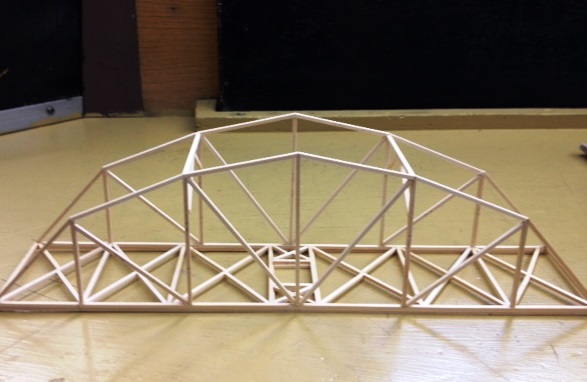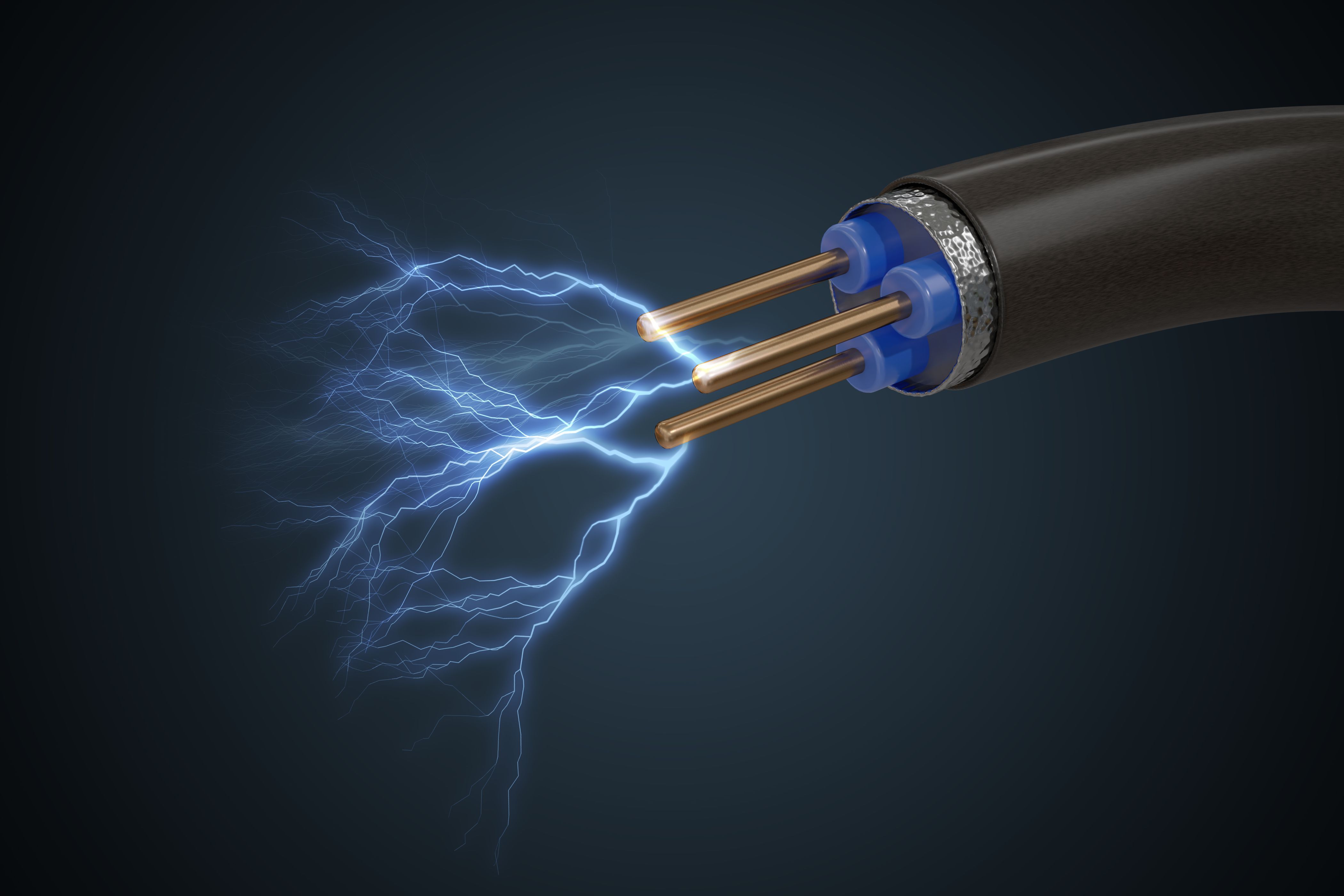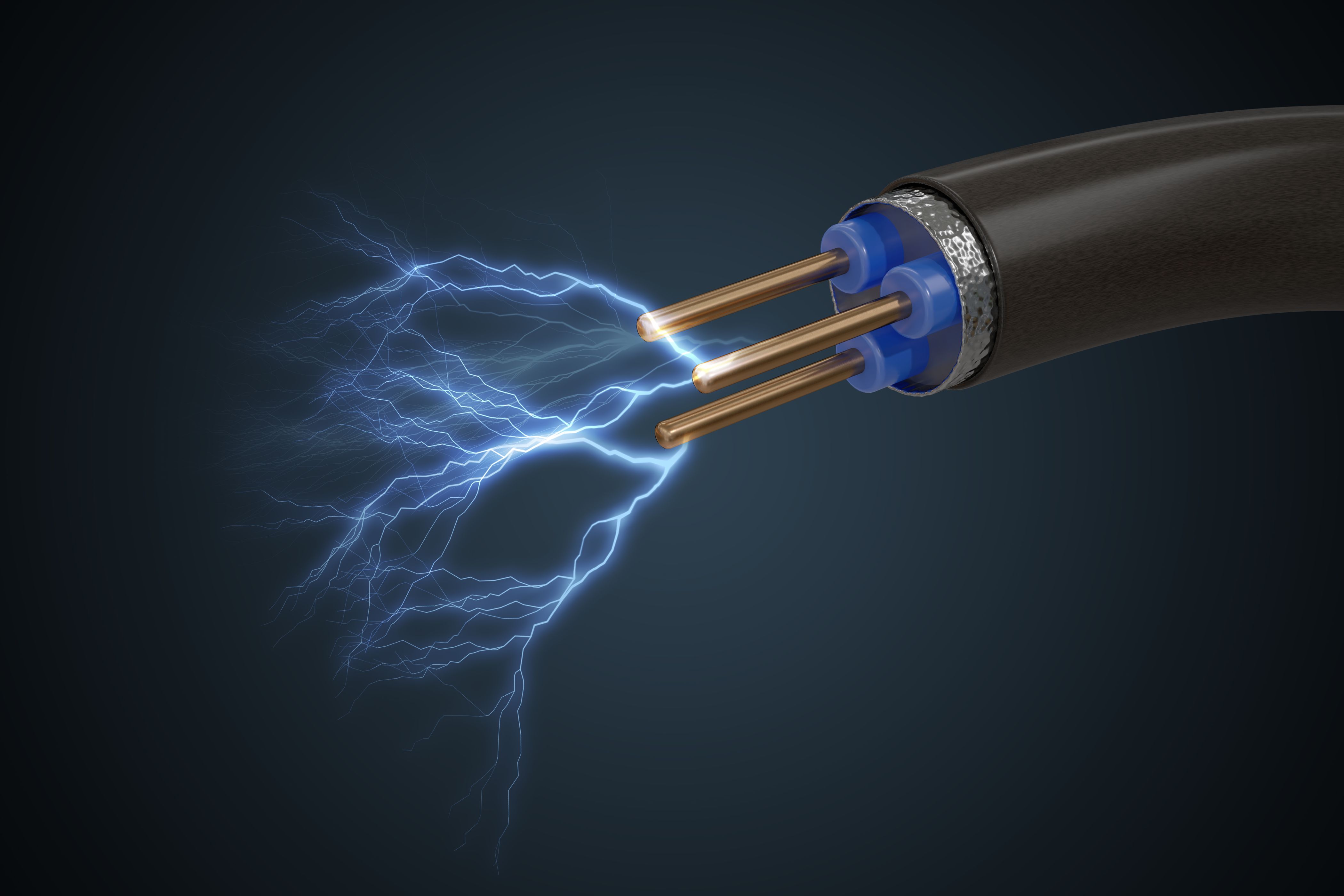Courses by Software
Courses by Semester
Courses by Domain
Tool-focused Courses
Machine learning
POPULAR COURSES
Success Stories
Steady Vs Unsteady flow over a cylinder
Aim: Part 1: Simulate the flow with the steady and unsteady case and calculate the Strouhal Number for Re= 100 Part 2: a) Calculate the coefficient of drag and lift over a cylinder by setting the Reynolds number to 10,100,1000,10000 & 100000. (Run with steady solver) b) Discuss the effect of Reynolds number on…
Aditya Purkar
updated on 11 Jan 2021
Aim:
Part 1:
Simulate the flow with the steady and unsteady case and calculate the Strouhal Number for Re= 100
Part 2:
- a) Calculate the coefficient of drag and lift over a cylinder by setting the Reynolds number to 10,100,1000,10000 & 100000. (Run with steady solver)
- b) Discuss the effect of Reynolds number on the coefficient of drag. [ Results should be validated with any standard literature and error should be within 5 %]
Explanation on Vortex Shedding:
Vortex shedding happens when a fluid (generally low viscosity such as air, water) passes over a bluff body at specific fluid velocity and shape of the body over which fluid is flowing. It causes oscillating high-low pressure variation in the flow past the body, and so, the body starts moving in the direction of low-pressure region. The frequency and velocity of moving body if matches with the resonating frequency, vortex shedding may damage the body.
There are examples of structures such as chimneys, bridges etc. damaged due to vortex shedding.
The frequency at which shedding takes place, is called as shedding frequency.
PART 1
Case Setup:
For both, Steady and Transient simulations, mesh size is kept same.
Mesh Description:
Triangular Mesh,
Number of Nodes: 20532 and Number of elements: 40172
The inlet velocity was 1m/s for all cases and Kinematic viscosity used as 0.05 kg-m/s, So that Reynold’s number is 100.

Steady simulation


TRANSIENT


Shedding frequency is 1 cycle in 7.5 seconds, i.e 0.133 Hz
Strouhal number =(0.133 ×2)/1
Strouhal number =0.26`
PART II
For Re = 10
Changing velocity values, v = 0.1 m/s

Cl ()
-------------------------------- -------------------
cylinder_wall 0.0001214242
Cd ()
-------------------------------- -------------------
cylinder_wall 0.017319841
For Re = 100
Velocity = 1 m/s


Cd ()
-------------------------------- -------------------
cylinder_wall 0.692283
Cl ()
-------------------------------- -------------------
cylinder_wall -0.032736148
For Re = 1000
Velocity v = 10 m/s




Cd ()
-------------------------------- -------------------
cylinder_wall 40.055892
For Re = 10000
Air velocity = 100 m/s




Conclusion:
Value of Cd is dependent on Re value, in this case, velocity value. And the value increases as velocity is increased.
Similar relation for Coefficient of lift Cl, as velocity is increasing, the amplitude of oscillation is increasing.
Leave a comment
Thanks for choosing to leave a comment. Please keep in mind that all the comments are moderated as per our comment policy, and your email will not be published for privacy reasons. Please leave a personal & meaningful conversation.
Other comments...
Be the first to add a comment
Read more Projects by Aditya Purkar (9)
Week 1- Mixing Tee
Objective To simulate the flow of air through mixing tee and understand the effect of length of pipe and momentum ratio of velocity for mixing of air by using two different types of pipe i.e. short pipe and long pipe. About In industrial process engineering, mixing is a unit operation that involves…
26 May 2021 10:19 AM IST
Week 10 - Simulating Combustion of Natural Gas.
Part I Perform a combustion simulation on the combustor model and plot the variation of the mass fraction of the different species’ in the simulation using line probes at different locations of the combustor as shown in Fig. You need to plot for CO2, H2O, CH4, N2, O2, NOx emissions & Soot formation. …
26 May 2021 09:50 AM IST
Week 9 - Parametric study on Gate valve.
For this challenge, you will have to perform a parametric study on the gate valve simulation by setting the opening from 10 % to 80%. Obtain the mass flow rates at the outlet for each design point. Calculate the flow coefficient and flow factor for each opening and plot the graph. Discuss the results of the mass…
25 Mar 2021 11:25 AM IST
Week 8 - Simulating Cyclone separator with Discrete Phase Modelling
Aim: To perform analysis on cyclone separator and calculate the separation efficiency and pressure drop. Objective: To write a few words about any four empirical models used to calculate the cyclone separator efficiency. To perform an analysis on a given cyclone separator model by varying the particle…
12 Mar 2021 06:13 AM IST
Related Courses






0 Hours of Content

Skill-Lync offers industry relevant advanced engineering courses for engineering students by partnering with industry experts.
Our Company
4th Floor, BLOCK-B, Velachery - Tambaram Main Rd, Ram Nagar South, Madipakkam, Chennai, Tamil Nadu 600042.
Top Individual Courses
Top PG Programs
Skill-Lync Plus
Trending Blogs
© 2025 Skill-Lync Inc. All Rights Reserved.








